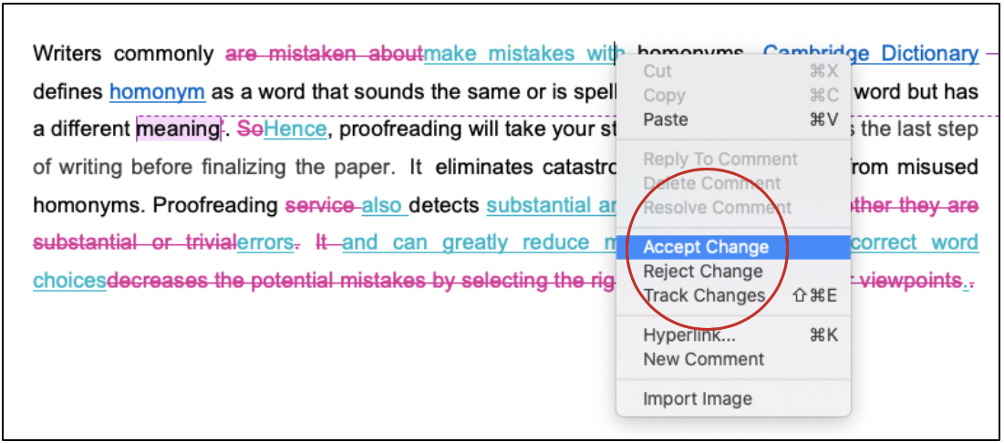Statistical analysis uses quantitative data and explores trends, patterns, and relationships. Thus, it is an indispensable instrument for researchers, states, firms, and many others. This article offers introductory knowledge on statistical analysis for students and researchers. After discussing descriptive and inferential statistics, it covers various research designs.

Statistical analysis uses quantitative data and explores trends, patterns, and relationships. It is an indispensable instrument because researchers, states, firms, and many other organizations must resort to it. What we need is to use quantitative data.
When you start the research process, you must do careful planning involving statistics. Otherwise, your conclusions may be invalid and futile. Thus, begin the process by specifying your hypotheses, deciding your experimental design, and meticulously choosing your sample size and sampling procedure.
You need to collect data from your sample. Then, you can use descriptive statistics to organize and summarize your data. What follows is to make inferences. Therefore, using sample statistics, you must employ inferential statistics to test research hypotheses and estimate population parameters. Only then can you interpret and generalize your results.
This article offers introductory knowledge on statistical analysis for students and researchers. Then, we will make it easy for you by giving two study questions. The first will address the cause-and-effect relationship. In contrast, the second explores the possible correlation between variables.
Question 1) Can practice reduce exam stress on students? It is a causal question. It aims to gather whether practice helps reduce exam anxiety or not.
Question 2) Is there a relationship between wealth and recovery from COVID-19? It is a correlational research question. It does not imply causality. Now, we may move to the first step of statistical analysis.
Lay out your research hypotheses and design your experiment. Then, you can gather valid data for statistical analysis.
The research usually aims to explore a relationship between variables for a given population. All you need is, to begin with, a prediction and resort to statistical analysis to check its validity.
You may formally build a statistical hypothesis to estimate a prediction about a population. For every research, two hypotheses are a must: Null and alternative hypotheses. You need sample data when deciding which one is valid.
The null hypothesis suggests no effect or relationship between variables. On the contrary, the alternative or research hypothesis implies an effect or relationship.
Shall we give an example? It is a statistical hypothesis to test a treatment effect (cause and effect). Here it goes.
Null hypothesis: Two percent salt will not change the flavor of crackers.
Alternative hypothesis: Two percent salt will enhance the flavor of crackers.
Here is another example to test a correlation
Null hypothesis: Income level and life insurance premium are not correlated.
Alternative hypothesis: Income level and life insurance premium are correlated.
What do we mean by research design? In a nutshell, research design reflects our wholesome strategy exclusively used for collecting and analyzing data. It also allows you to decide on the tests to check your hypotheses.
The first step includes deciding what design you will use in your study. Your research may involve descriptive, correlational, or experimental design. You may experience the treatment effect directly in experiments, while descriptive and correlational design only deals with measuring variables of interest.
Experimental design covers a cause-and-effect relationship (the effect of salt on the flavor of crackers). You may use any statistical comparison test (t-test, ANOVA, etc.) or regression to test the treatment effect.
Correlational design merely explores relationships between variables (e.g., income level and life insurance premium), assuming no causality, and employs correlation coefficients and significance tests.
Descriptive research design is a research design that systematically describes a phenomenon, situation, or population to get information. It specifically addresses the what, when, where, and how questions concerning the research problem instead of the why. Then, the next critical thing is to comprehend the level of comparison. Your design may involve group or individual level comparison. However, some designs may require both.
When the participants are subjected to varied treatments, what you have is the between-subjects design where you can make comparisons.
Should you make repeated measures on the participants irrespective of treatment, then what you have is radically different: the within-subjects design.
A mixed (factorial) design involves one variable, changed between subjects and another within-subjects (e.g., pretreatment and posttreatment cholesterol levels from participants who received cholesterol drug or not).
The next crucial thing is to define variables. In an experiment, we have independent and dependent variables. What we measure is the independent variable or response variable. The variable affecting the independent variable is the dependent variable. Suppose you have used three different drugs to reduce patients' cholesterol levels. Then, the cholesterol level is the dependent variable (y), and the drugs are the independent variable (x).
You will decide on how to operationalize and measure the variables. In any statistical analysis, the most critical point is to determine the level of measurement of your variables as it tells you the data type it comprises:
Categorical data mean groups. They may be nominal (e.g., color) or ordinal (e.g., rank).
They may fall on an interval scale (e.g., IQ score) or a ratio scale (e.g., height).
Quantitative data implies amounts.
We can measure variables at varying levels of accuracy. For instance, age data can be quantified, such as 11 years old, or it may belong to a category (young or old). However, the data may have a numeric code (level of satisfaction from 1 to 5), but it does not assure that it is quantitative, not categorical.
After specifying the measurement level, we must select proper statistics and hypothesis tests. An excellent comparison involves the arithmetic mean, which is relevant for quantitative data but not categorical.
Best Edit & Proof delivers beyond editing or proofreading services. Our editors pay close attention to detail, including paragraph structure, internal consistency, tone, flow, accuracy, and grammar. On top of that, our editors will check and ensure those accurate statistics have been used in devising your paper.
Best Edit & Proof expert editors and proofreaders focus on offering papers with proper tone, content, and style of academic writing, and also provide an upscale editing and proofreading service for you. If you consider our pieces of advice, you will witness a notable increase in the chance for your research manuscript to be accepted by the publishers. We work together as an academic writing style guide by bestowing subject-area editing and proofreading around several categorized writing styles. With the group of our expert editors, you will always find us all set to help you identify the tone and style that your manuscript needs to get a nod from the publishers.

You can also avail of our assistance if you are looking for editors who can format your manuscript, or just check on the particular styles for the formatting task as per the guidelines provided to you, e.g., APA, MLA, or Chicago/Turabian styles. Best Edit & Proof editors and proofreaders provide all sorts of academic writing help, including editing and proofreading services, using our user-friendly website, and a streamlined ordering process.
Visit our order page if you want our subject-area editors or language experts to work on your manuscript to improve its tone and style and give it a perfect academic tone and style through proper editing and proofreading. The process of submitting a paper is very easy and quick. Click here to find out how it works.
Our pricing is based on the type of service you avail of here, be it editing or proofreading. We charge on the basis of the word count of your manuscript that you submit for editing and proofreading and the turnaround time it takes to get it done. If you want to get an instant price quote for your project, copy and paste your document or enter your word count into our pricing calculator.
Contact us to get support with academic editing and proofreading. We have a 24/7 active live chat mode to offer you direct support along with qualified editors to refine and furbish your manuscript.
Follow us on Twitter, LinkedIn, Facebook, Instagram, and Medium.
For more posts, click here.
This article offers introductory knowledge on statistical analysis for students and researchers. To give you an opportunity to practice proofreading, we have left a few spelling, punctuation, or grammatical errors in the text. See if you can spot them! If you spot the errors correctly, you will be entitled to a 10% discount.
How to Determine Variability in a Dataset
14.10.2023
How to Determine Central Tendency
19.02.2023
How to Specify Study Variables in Research Papers?
14.01.2023
Population vs Sample | Sampling Methods for a Dissertation
14.01.2023
How to Ensure the Quality of Academic Writing in a Thesis and Dissertation?
04.12.2022
How to Avoid Anthropomorphism in Your Dissertation?
04.11.2022
How to Write a Research Paper After Finishing a Dissertation or a Thesis
28.08.2022
How to Write a Research Methodology Section for a Dissertation and Thesis
07.08.2022

What is academic writing? In simplest words, academic writing is a style of writing used in the academic field and adopted by academic institutions or scholarly publications. You might encounter academic writing in peer-review journals, books, articles, and you are expected to write your manuscripts, dissertations, essays, or thesis in the academic style. Academics and students use this style to convey complex ideas and theories clearly and precisely to their readers. Therefore, as a student, especially for the ones getting higher education, it is needed for you to learn this way of writing and adopt it.
Continue Reading
As a student or anyone in the academic field, you need to know about your text even before you start writing it. In academic writing, there are so many rules, regulations, styles, and guides that you need to follow. Naturally, to write a good piece of work, you need to make sure that you know about what you are writing. Similarly, it is important to know about the different types of academic writing before you get started on it. This guide discusses the various types of scholarly writing.
Continue Reading
Writing for academic purposes entails writing literature that is formal in tone, objective, structure-wise complex and contains a fair amount of academic jargon. As such, there are certain words and phrases, collectively called taboo words, that academic writers omit when writing manuscripts. Academic writing encourages their elimination to maintain the “formality” of academic documents. This article discusses the definition of taboo words to avoid and examine their use cases.
Continue Reading